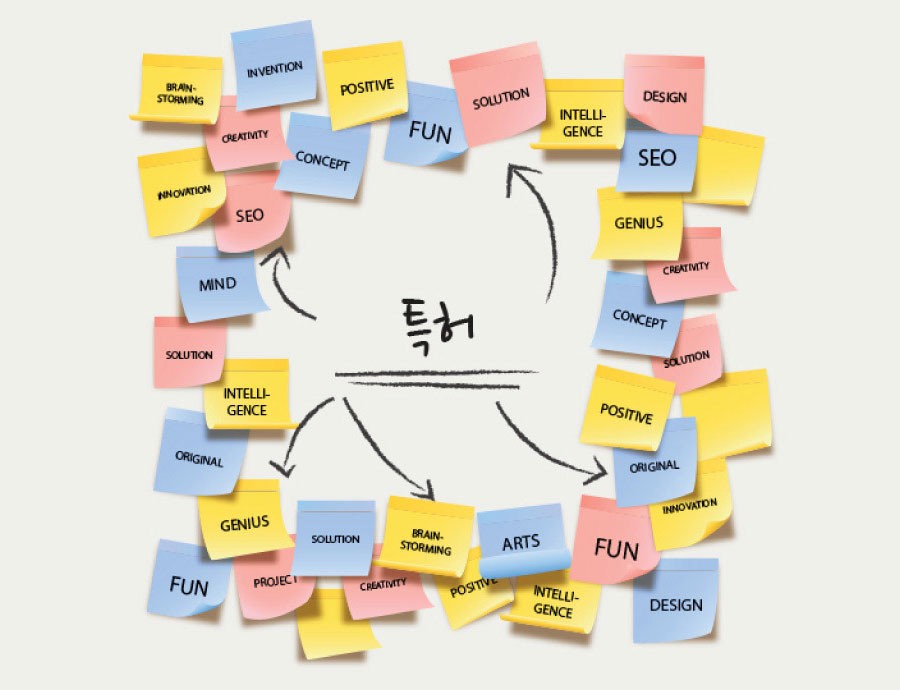In an increasingly uncertain industrial environment, trademark applications are emerging as a strategic compass for companies.
The Korean Intellectual Property Office disclosed the analysis results of around 2.3 million trademark applications over the past decade on the 6th. The analysis focused on the flow of trademark applications by industry, types of applicants, and the relationship with economic fluctuations. This result is being evaluated as data that provides clues for formulating corporate strategies and policy decisions beyond simple statistics.
Manufacturing had the most trademark applications, but the proportion is decreasing. On the other hand, the proportion of wholesale and retail and information communication industries increased by 6.9 percentage points and 2.5 percentage points, respectively. This indicates a shift in the industrial structure from a manufacturing-centric to a service-centric focus. Trademark activities were particularly active in areas like food, information communication, and retail sectors. Companies can confirm that industries close to consumer touchpoints are becoming the main stage for trademark competition.

Trademark strategies also varied by applicant type. Large corporations concentrated trademark applications on professional services and information communication industries. This is a strategy to preemptively capture brand value in high-value-added industries. SMEs increased trademark applications centered on wholesale and retail industries. This is in line with the expansion of online distribution and the increase in non-face-to-face consumption.
The Korean Intellectual Property Office analyzed that trademark applications reflect or precede economic fluctuations. Manufacturing and wholesale and retail industries act as concurrent or lagging indicators, while construction and transportation storage industries appear as leading indicators of the economy. This suggests that companies can detect economic trends early through trademark data and set proactive response strategies.
The analysis of trademark big data serves as a compass that indicates the direction of industrial structure changes beyond the provision of simple information. The Korean Intellectual Property Office plans to provide monthly analysis results to industry associations and organizations and listen to field opinions. It is also pursuing plans to establish trademark information as an economic indicator in cooperation with the Bank of Korea.
Lee Chun-moo, Director of the Trademark Design Examination Bureau, stated, “If companies utilize the flow of trademark applications, they can materialize strategic judgments such as product launches and market entry timings. We will also strengthen trademark analysis targeting the global market to reduce risks for companies entering overseas.”
A trademark is not just a registration process but a market signal. By reading data correctly, one can see the market direction and consumer needs. Only companies that anticipate and act on the trend of change will survive.